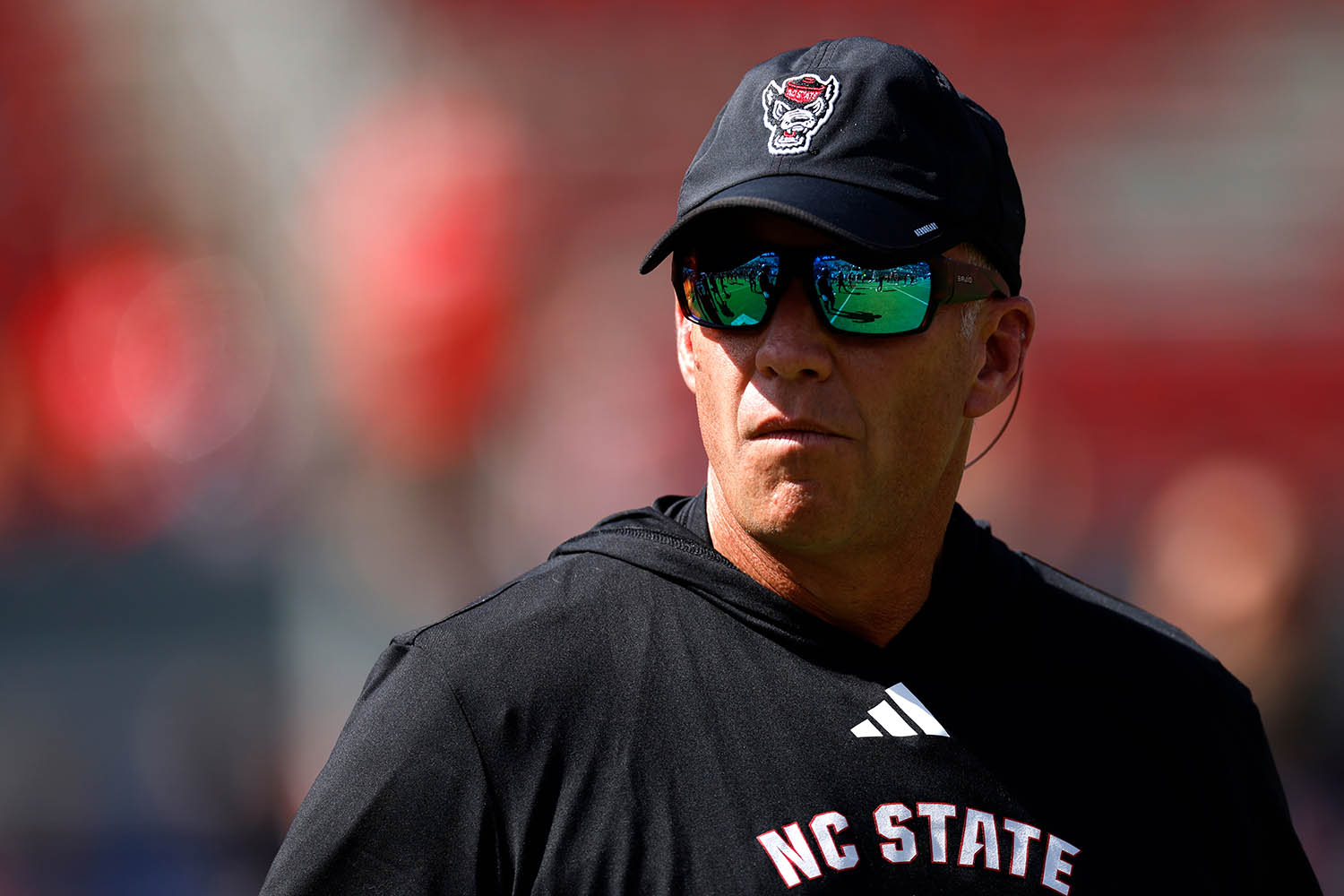By ANDREW DALTON AP Entertainment Writer
“Zootopia 2” had a roaring and record-setting opening at the box office.
The animated animal city sequel from the Walt Disney Company brought in $96 million in North America over the weekend, earned $156 million over the five-day Thanksgiving frame, and scored a staggering $556 million globally since its Wednesday opening, according to studio estimates Sunday.
That made it the highest international opening ever for an animated movie, the fourth highest global debut of any kind, and the top international opener of 2025.
“Wicked: For Good” stayed aloft in its second weekend for Universal Pictures, earning another $62.8 million domestically over the weekend for a North American total of $270.4 million. The second half of the “Wicked” saga has brought in $393 million internationally.
The pair of PG-rated sequels combined to make the Thanksgiving weekend a glimmering exception to an otherwise dark year at movie theaters. The five-day holiday run brought in $290 million in total, $188 million of it coming Friday through Sunday.
That could be a blip or an indication that a strong finish might salvage Hollywood’s box office year, with “Avatar: Fire and Ash” and “Five Nights at Freddy’s 2” among the films still to be released in 2025.
“This is a great result and a big momentum builder for the box office as we head into the final four weeks of the year,” said Paul Dergarabedian, senior media analyst for Comscore.
“Zootopia 2” arrives almost a decade after the original, a hit that outpaced expectations and had a March domestic opening of $75 million.
Like the first, it features the duo of bunny cop Judy Hopps (Ginnifer Goodwin) and small-time hustler fox Nick Wilde ( Jason Bateman ) in a city of comically domesticated wildlife.
Dergarabedian said the sequel represented “a beloved franchise delivering what audiences were looking for around the world.”
It was the fourth biggest North American opening of 2025. But its biggest market was China, which made for nearly half of the film’s global total with a whopping $272 million in ticket sales. No American-made animated film has ever opened bigger. It was the second best nonlocal film opening of all time in China, after “Avengers: Endgame.”
Such a result in China was once almost commonplace for Hollywood. But in recent years, as geopolitical relations have grown uneasy, box-office results have turned unpredictable at best. Aside from a handful of exceptions, like the “Jurassic World” films, Hollywood has come to virtually write off Chinese theaters and recalibrate blockbuster budgets accordingly.
The big bounty in China for “Zootopia 2” could be an aberration or a signal of a thaw in the freeze. In recent years, China, which censors which films that are released in theaters, has leaned more toward homegrown fare. Earlier this year, the locally made blockbuster “Ne Zha 2” grossed $1.8 billion in China.
“Zootopia 2” had a clear path to a big Chinese opening. The first “Zootopia,” known there as “Crazy Animal City,” grew into a surprise hit, grossing $236 million. Shanghai Disneyland has a theme land devoted to the films.
“Wicked: For Good” didn’t seem to be hurt by the beastly competition as Universal’s gamble of splitting the Broadway tale of Oz into two films continued to pay off. It brought in a worldwide weekend total of $92.2 million.
“Hamnet,” certain to be a major player in awards season after a celebrated festival run, had a strong limited opening and landed in the overall top 10. In just 119 theaters it earned $1.35 million from Wednesday through Sunday and $880,000 on the weekend, with a per-theater average of more than $11,000. Director Chloe Zhao’s Shakespeare story starring Jessie Buckley and Paul Mescal expands next weekend.
Top 10 movies by domestic box office
With final domestic figures being released Monday, this list factors in the estimated ticket sales for Friday through Sunday at U.S. and Canadian theaters, according to Comscore:
1. “Zootopia 2,” $96.8 million.
2. “Wicked: For Good,” $62.8 million.
3. “Now You See Me: Now You Don’t,” $7 million.
4. “Predator: Badlands,” $4.8 million.
5. “The Running Man,” $3.7 million.
6. “Eternity,” $3.2 million.
7. “Rental Family,” $2.1 million.
8. “Hamnet,” $880,000.
9. “Sisu: Road to Revenge,” $810,000.
10. “Nuremberg,” $749,325.















